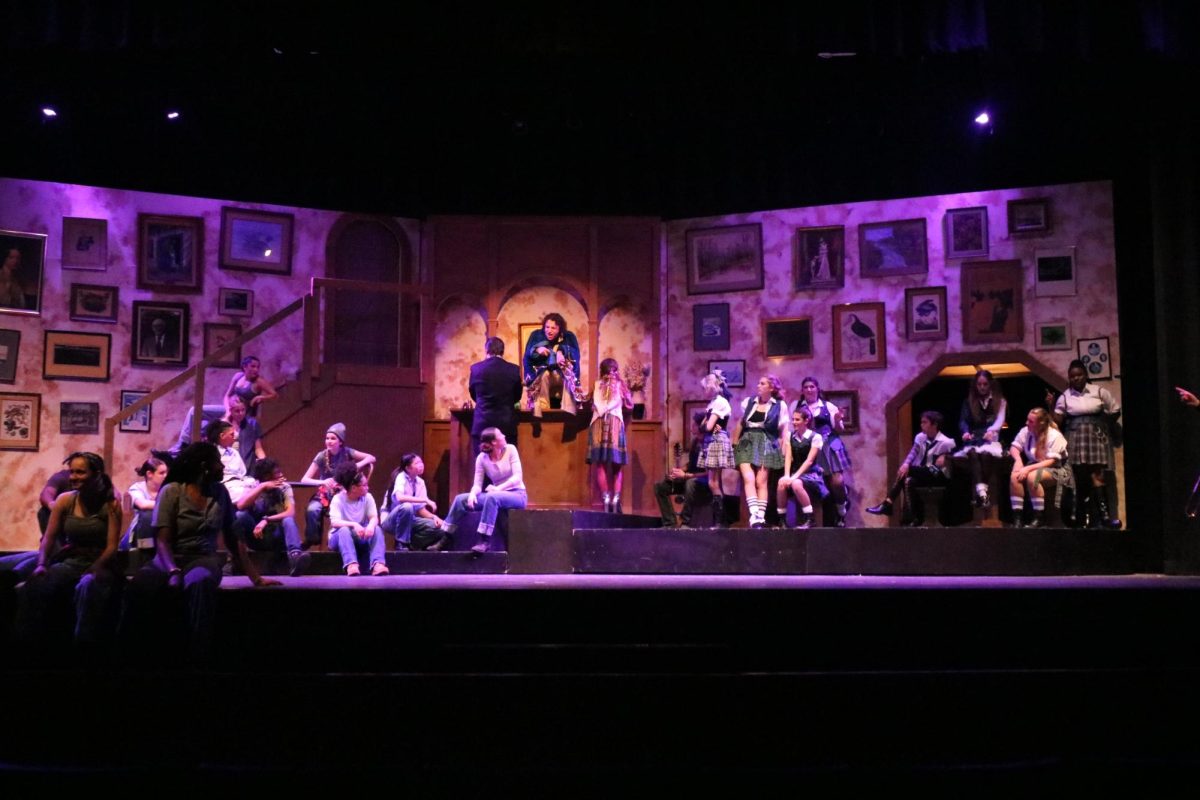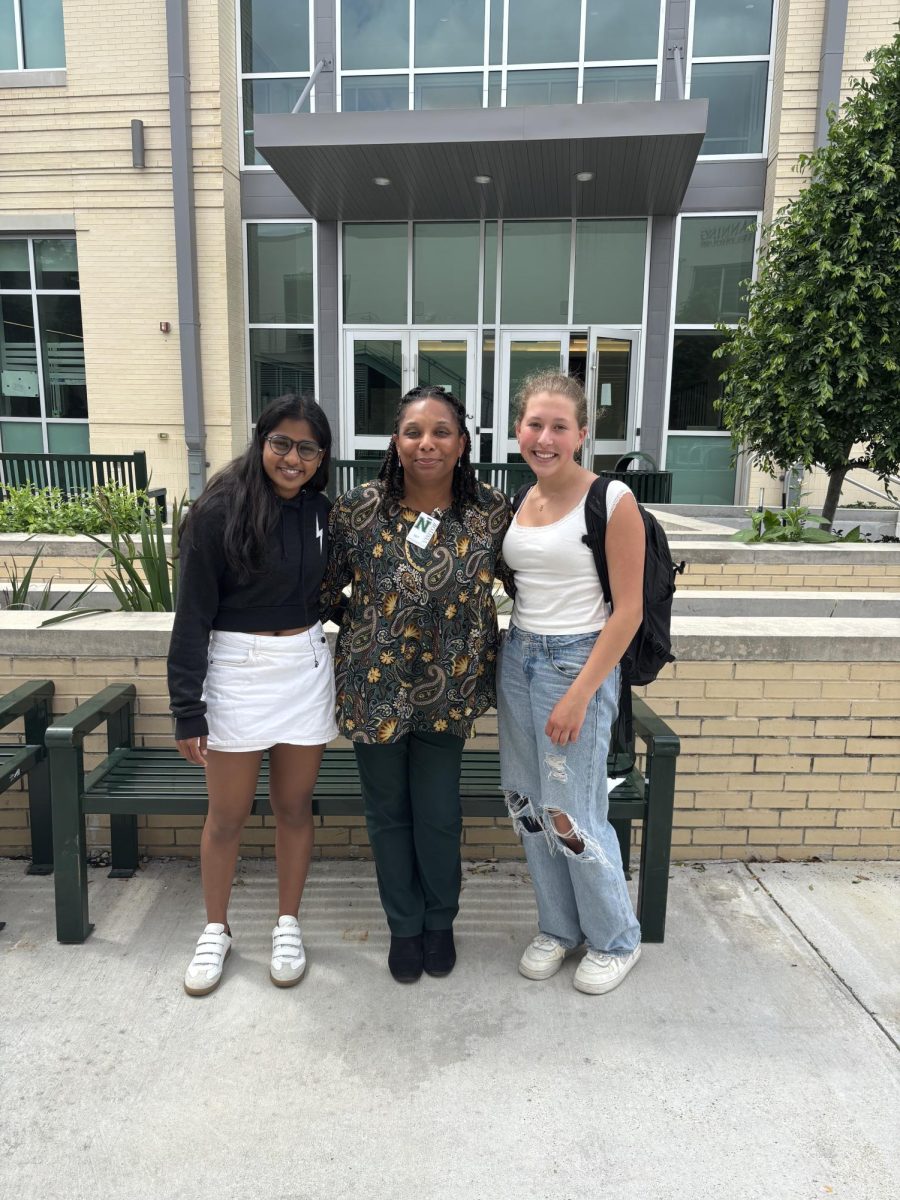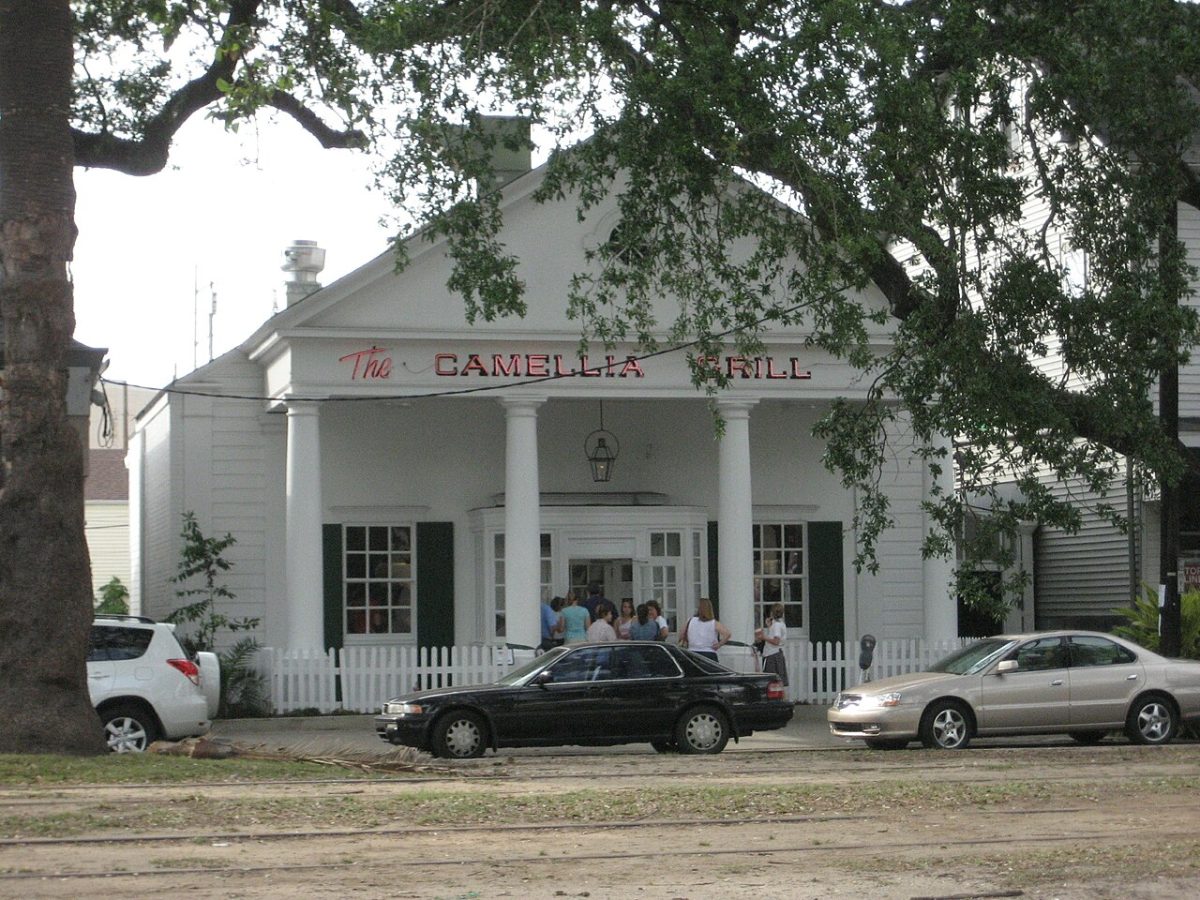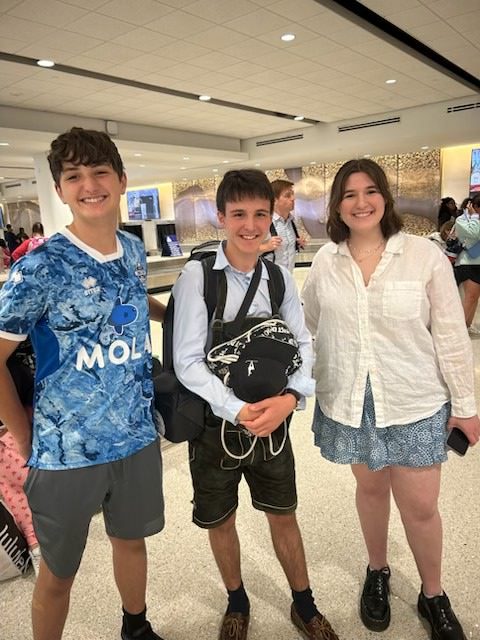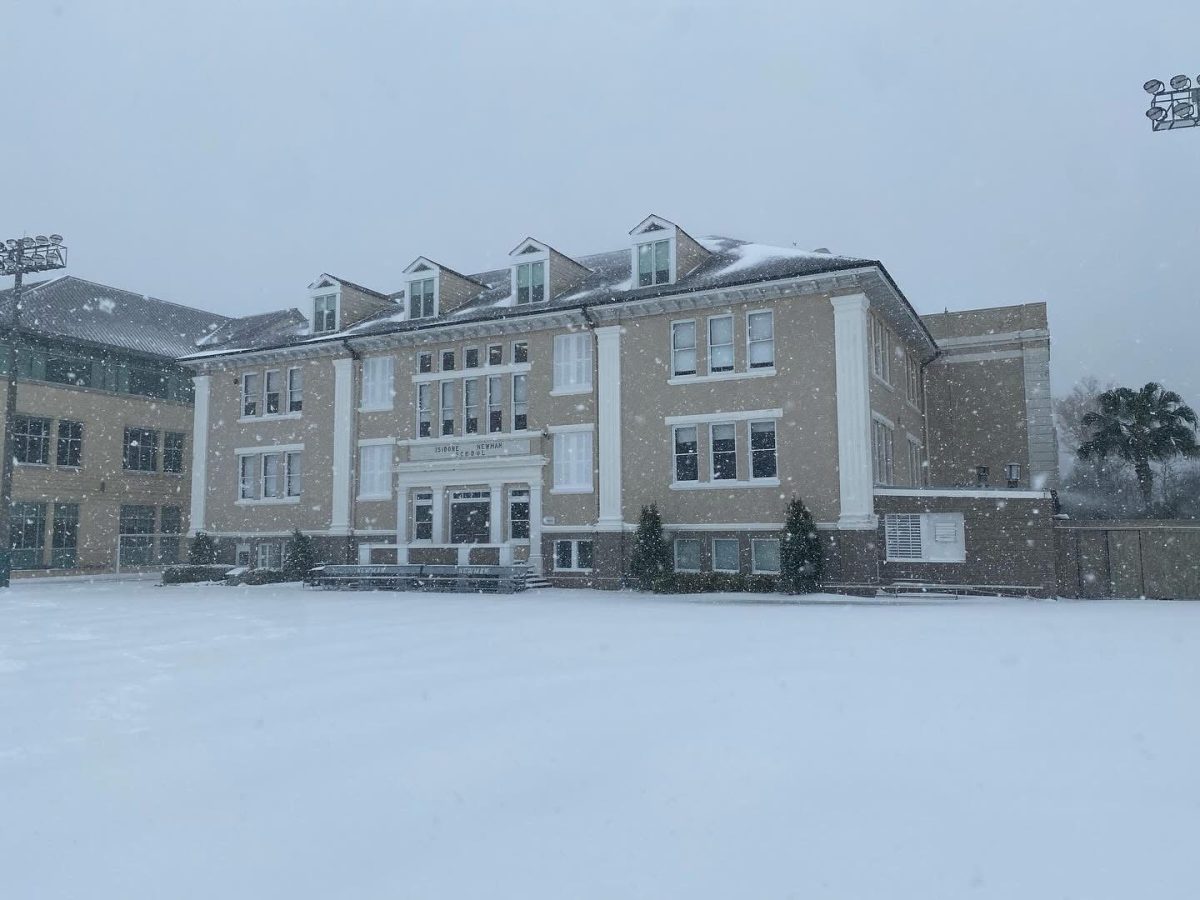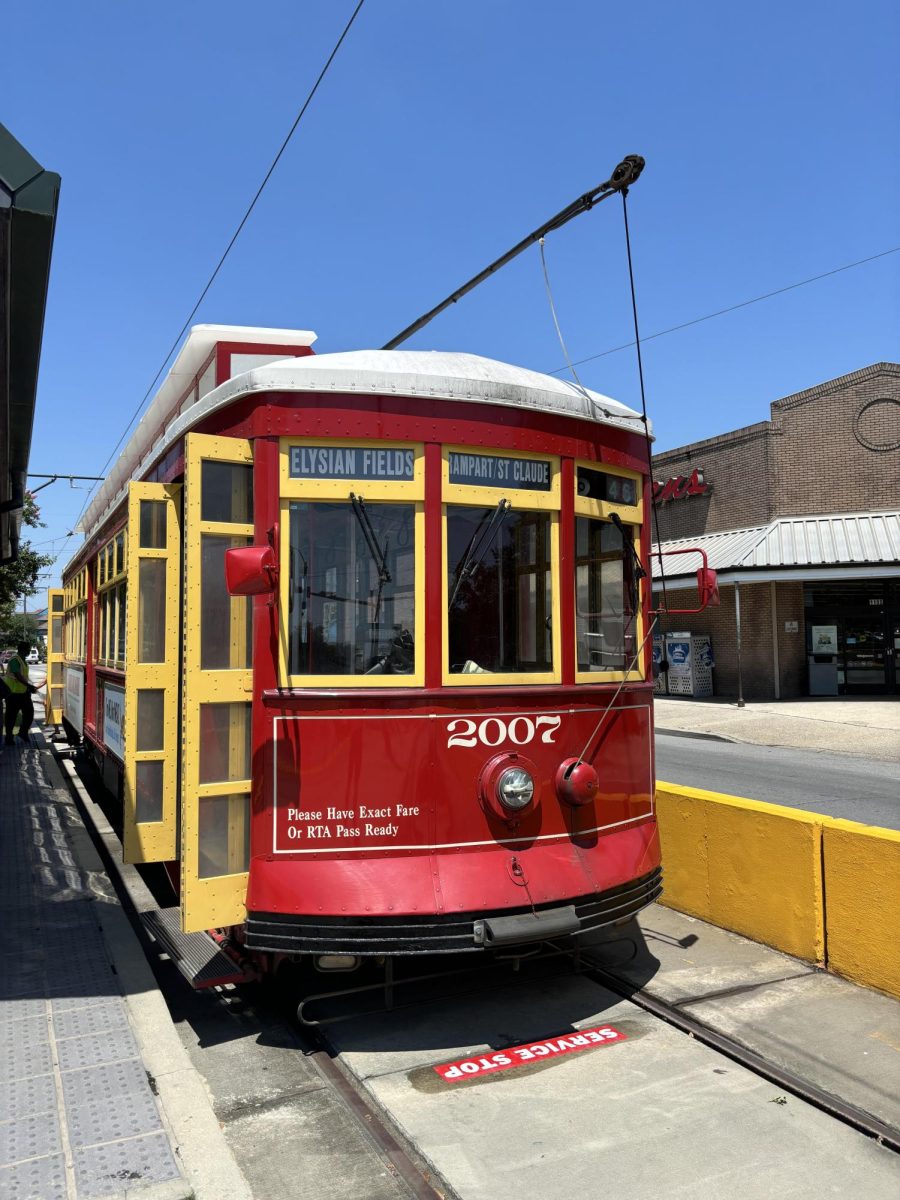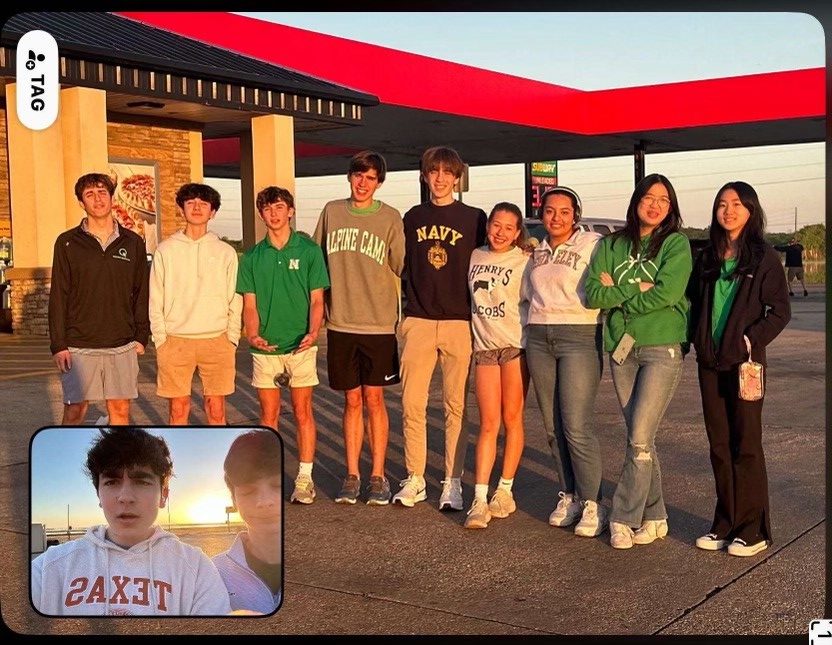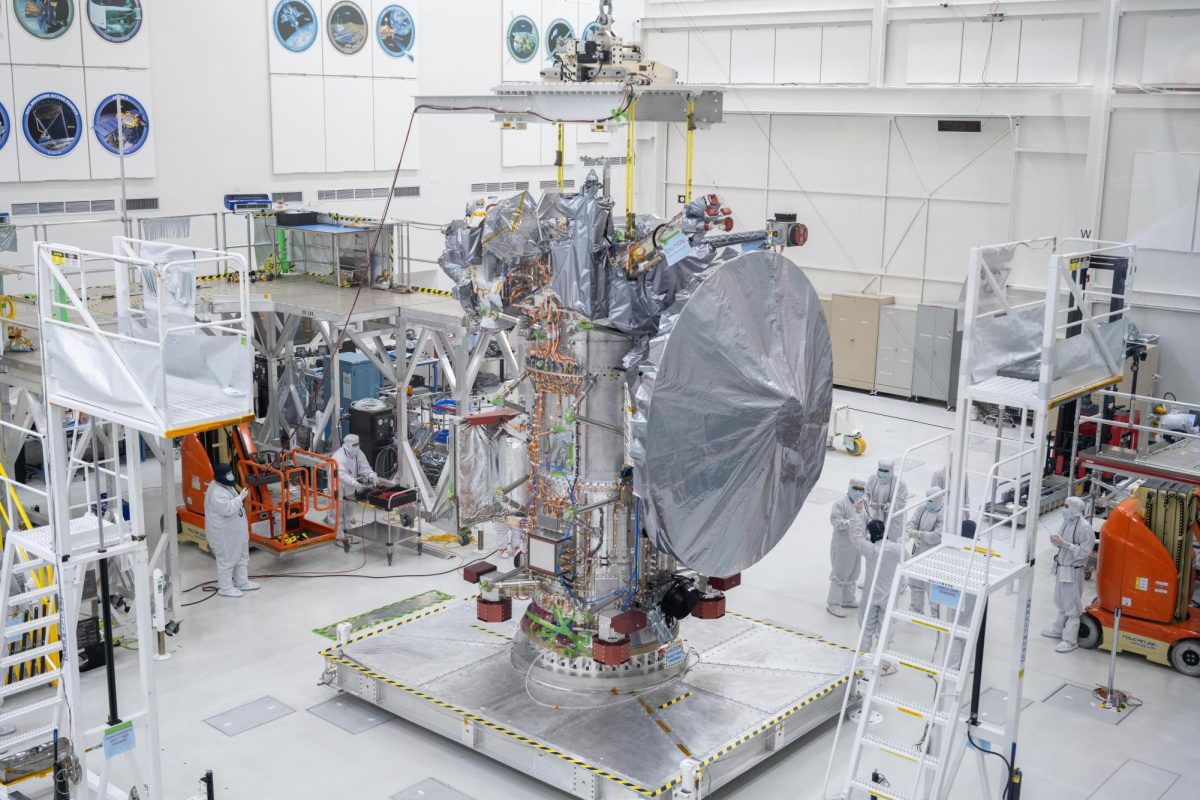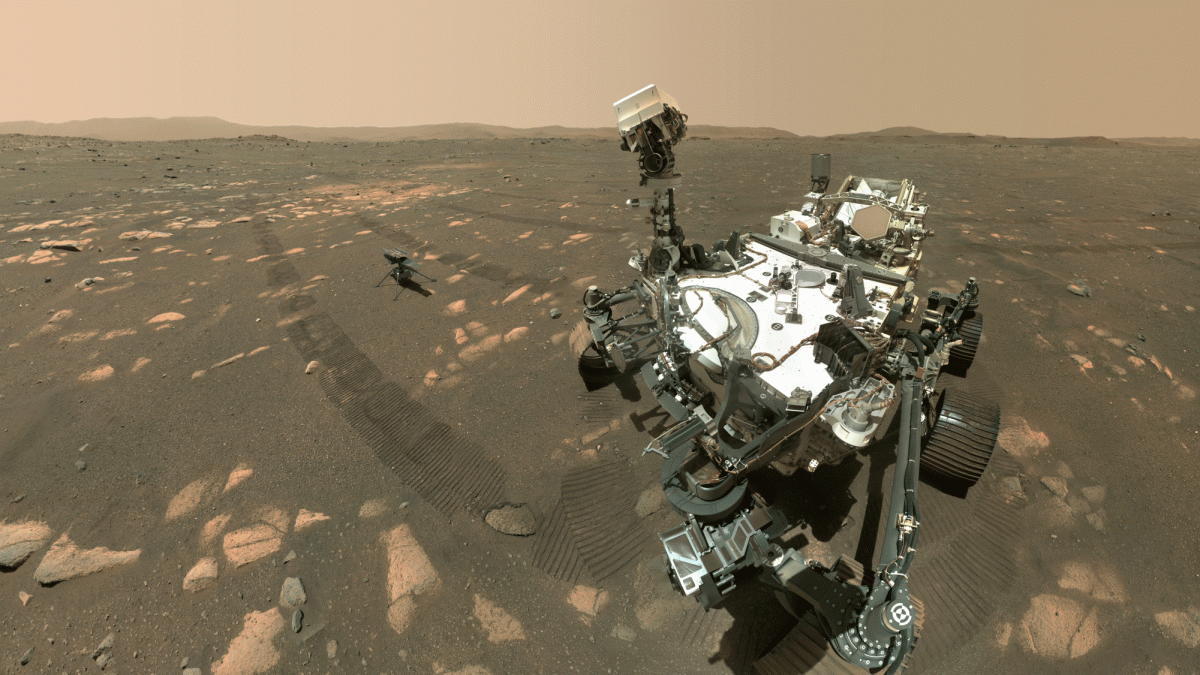When the Canal Streetcar Line was torn up in 1964, everyone thought that was the end of it. While preservationists were successful in preserving the St. Charles line, it was thought that Canal Street would remain a smoggy mess.
However, in 1988, an experiment was started which saw some freight trackage converted to streetcar service. The service was so popular that double tracking was needed and in 1997 the line was regauged and connected to the St. Charles Line.
Following the Riverfront Line’s successful regauging and connection to the St. Charles Line, there was a real possibility that the Canal Streetcar Line could come back. A spur line to City Park via Carrollton was also in the works as a later expansion but would later be simultaneously built alongside the trunk line to the Cemeteries. 24 new streetcars, officially called the 2000 series, would be built using parts supplied by local businesses. Elmer von Dullen, Superintendent of the Streetcar Maintenance Department, helped design the cars. The weird monitor top roofs were added to help disguise the air conditioning equipment at the expense of angering foamers*. The support poles were donated by Patrick F. Taylor as they were actually 7 inch oil well casings.
One could not fathom how big of a deal the return of the streetcars was to Canal Street. Before, the St. Charles and Riverfront Streetcar Lines seem to be like an odd couple joined up together by a little bit of track. The Canal Streetcar line would not only act as a central streetcar hub but also would connect places who either never had streetcar access or had lost it in 1964. It was also seen as a way to clean up Canal street as the amount of buses began to take a toll on the road and the air quality.
Opening day did not actually happen in daylight. It happened at 3:00 AM on April 18, 2004. Only the most diehard fans, some of whom had ridden the original Canal line in 1964, were up for the first ride. Streetcar #2004 was the first out to carry passengers, the first ride did not apparently go smoothly. Alan Drake, a streetcar buff, had attempted to make the process as orderly as possible by giving all the riders boarding passes in an ordered list. According to an article by New Orleans Magazine: “Acting on his own, he had each would-be rider sign a numbered list as they arrived and then gave out board passes numbered in sequence. In anticipation of a crowd, there was logic and reason to his efforts”. However, when the streetcar approached, it instead stopped ahead to let on some others. Apparently, the streetcar driver had let members of his family have the first ride instead. Thankfully, some of the streetcar buffs managed to squeeze on.
For the general public however, most of them would ride it during the day. Ridership apparently was 30,000 for the first day. Opening day was not the smoothest event though. The dollar bill acceptors, as anyone familiar with vending machines, were particularly prone to jamming or simply not accepting bills. According to New Orleans Magazine: “During a recent ride the device was not working at all, causing the driver to have to collect the bills manually and then walk to the opposite end of the trolley and place each bill in the device there”.
Turnout was greater than expected. According to APTA’s quarterly report, Ridership for all the streetcar lines went from a total of 1,292,900 in the second quarter of 2003 to 2,085,300 in the second quarter of 2004. Ridership increased by 61.29%.
The Canal Streetcar Line is still functioning today and is so ingrained in the psyche of New Orleans, alongside the St. Charles Streetcar Line, that many children probably don’t even know that there was a 40 year gap where there was no streetcar service up and down Canal Street.
Track Trivia
The rebuilt Canal Line has a reversing point different to the original. The two tracks (one for each direction) diverge into three at the foot of Canal, which allows cars to stop for longer before heading back out. Due to the myriad of lines that originally interchanged with the Canal Line, at its peak, four tracks could be found running along downtown’s largest thoroughfare. The original turn-around used a turning loop, which was faster than halting the cars to manually reverse them. However, the current arrangement is arguably more practical than the original because cars do not have to cross multiple lanes of traffic, and it allows for an easier merge with the Riverfront Line which did not exist in the original system.
*Foamers is a term that was used derogatorily for overzealous and unpleasant train enthusiasts. The word’s origins are either that it was derived from someone who figuratively foamed at the mouth upon seeing a locomotive or that it came from a common nickname given to poor steaming locomotives who often had lots of water carryover in the steam lines. Some even say it stems from the acronym FOAMITE which stands for “Far Out and Mentally Incompetent Train Enthusiast”. Regardless, the derogatory nature of the word has somewhat been quelled due to the fact that the railfan community has accepted the word as a sort of ironic nickname. The reason the roofs would anger most foamers is because they look like clerestories but come off as sort of fake and tacky.



